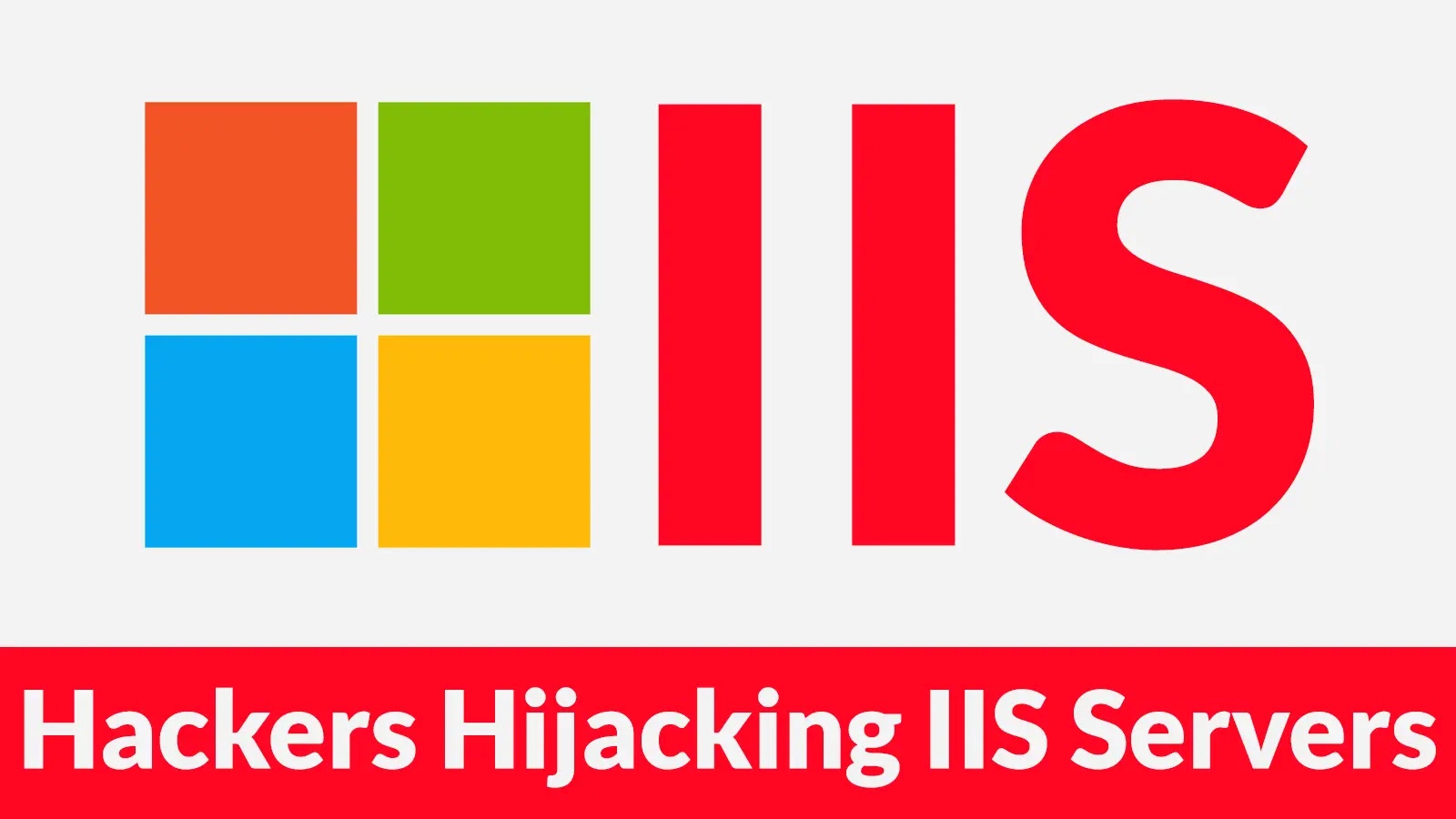The North Korean Advanced Persistent Threat (APT) group known as Kimsuky has recently intensified its cyber espionage activities, deploying sophisticated tactics and malicious scripts to infiltrate targeted systems. This latest campaign underscores the group’s evolving strategies aimed at extracting sensitive information while evading detection.
Initial Attack Vector:
The attack commences with the distribution of a ZIP archive containing multiple components designed to work in unison. These components include:
– Obfuscated VBScript (1.vbs): This script employs advanced obfuscation techniques, utilizing functions like `chr()` and `CLng()` to dynamically generate characters and execute commands. Such methods are intended to bypass signature-based detection mechanisms.
– PowerShell Script (1.ps1): Executed by the VBScript, this script serves as the primary payload, orchestrating the subsequent stages of the attack.
– Encoded Text Files (1.log and 2.log): These files contain additional malware components, which are decoded and executed during the attack sequence.
Execution and Persistence Mechanisms:
Upon execution, the malware initiates several actions to establish a foothold within the compromised system:
1. System Information Gathering: The malware collects the BIOS serial number of the infected machine, which may be used for tracking or tailoring the attack to specific targets.
2. Environment Detection: To evade analysis, the malware checks for the presence of VMware environments. If such an environment is detected, the malware terminates its execution, thereby avoiding detection in virtualized analysis setups.
3. Persistence Establishment: The malware creates a dedicated directory within the system’s temporary folder and schedules tasks to ensure it remains active across system reboots.
Data Exfiltration Techniques:
The primary objective of this campaign is the extraction of sensitive information, achieved through several methods:
– Keylogging: The malware monitors and records keystrokes, capturing credentials and other confidential data entered by the user.
– Clipboard Monitoring: It continuously observes clipboard content, specifically targeting copied passwords and cryptocurrency wallet addresses.
– Browser Data Harvesting: The malware targets data from popular web browsers, including Edge, Firefox, Chrome, and Naver Whale, with a particular focus on extracting cryptocurrency wallet information.
Command and Control Communication:
Collected data is periodically transmitted to a command-and-control (C2) server located at `hxxp://srvdown[.]ddns.net/service3/`. This communication allows the attackers to maintain control over the infected systems and exfiltrate valuable information.
Implications and Recommendations:
The deployment of such advanced tactics by Kimsuky highlights the persistent and evolving threat posed by state-sponsored cyber actors. Organizations, especially those involved in sectors of interest to North Korean intelligence, should implement robust cybersecurity measures, including:
– User Education: Training staff to recognize and report phishing attempts and suspicious attachments.
– Endpoint Protection: Deploying advanced endpoint detection and response solutions capable of identifying and mitigating obfuscated scripts and unusual behaviors.
– Regular Updates: Ensuring all systems and software are up-to-date with the latest security patches to minimize vulnerabilities.
By adopting a comprehensive security posture, organizations can better defend against sophisticated threats like those posed by the Kimsuky APT group.



